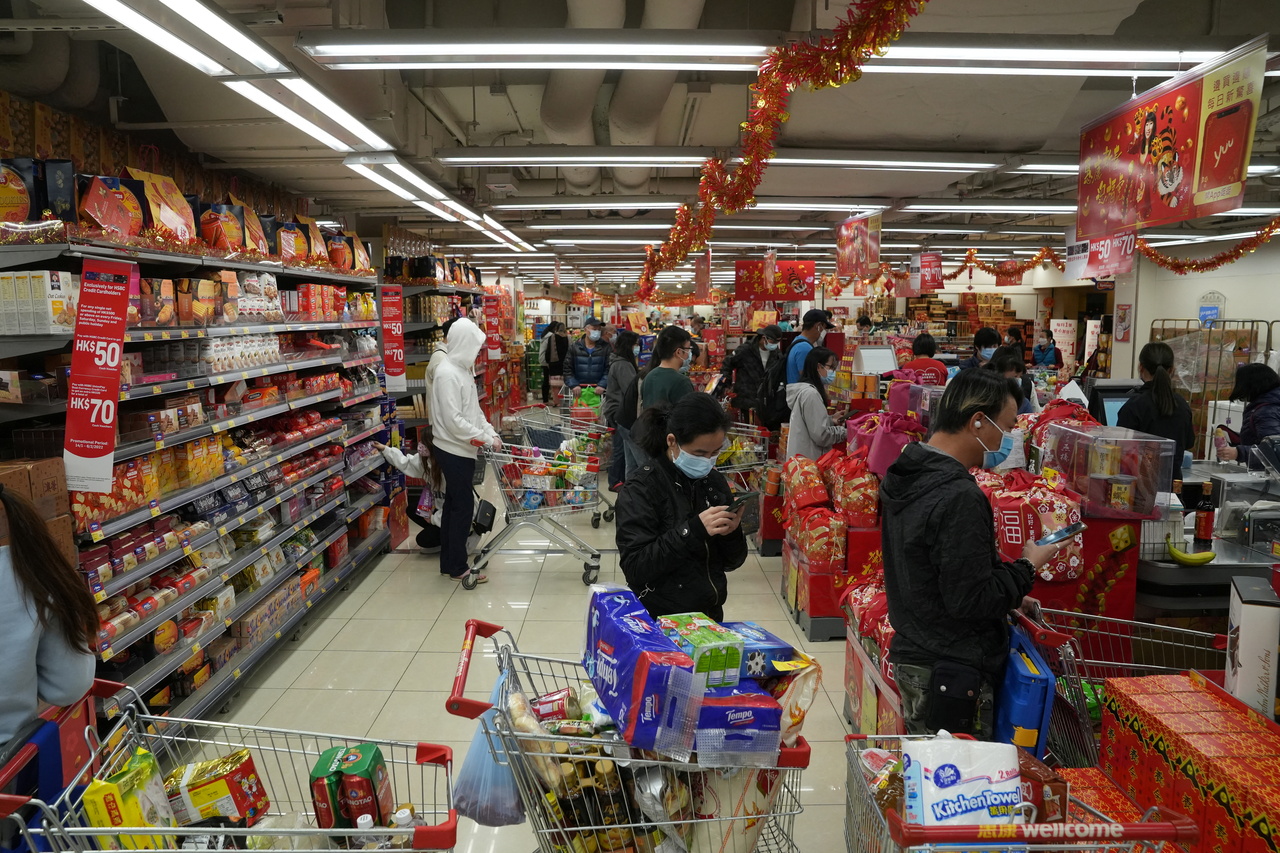Soaring prices reach Asia to bring global inflation in sync
Sign up now: Get ST's newsletters delivered to your inbox

Inflation readings across Asia recently rose more than forecast.
PHOTO: REUTERS
Follow topic:
HONG KONG (BLOOMBERG) - The world is now facing a synchronised inflation outbreak as food and energy prices surge in Asia, a shift from just a few months ago when the region appeared to avoid the price fever gripping the United States and parts of Europe.
Inflation readings across the region - China, India, Indonesia, Philippines, Thailand and South Korea - recently rose more than forecast, while New Zealand on Wednesday (April 13) hiked rates by the most in 22 years over price worries. And accelerating manufacturing costs suggest the worst is yet to come.
Markets are starting to price in rising inflation expectations and more aggressive central bank action across much of Asia. That's beginning to mirror trends seen in the US, where data on Tuesday showed consumer prices last month rose by the most since late 1981, piling fresh pressure on the Federal Reserve to respond.
Regional government bond yields have risen through this year, led by South Korea, with the emerging Asia total return index down 2.6 per cent, its worst performance since 2013.
That signals an expectation that some central banks will raise interest rates to slow inflation and prop up their currencies as capital leaves the region. The turning point was Russia's invasion of Ukraine, which triggered an upheaval in commodities markets. That pushed energy and fuel prices higher and threatened grain supplies to the world's top consuming region.
Rising fertiliser and transport costs are also filtering through to compound record global food prices. Elevated commodities prices are seen fanning inflation in developing Asia by 1 full percentage point to 3.7 per cent this year, the Asian Development Bank said earlier this month.
While that is relatively tame compared with rates in the US, it is forcing policymakers to shift focus and spooking some investors. A net US$22.3 billion (S$30.4 billion) in investments last month flowed out of emerging Asia, excluding China, according to Australia & New Zealand Banking Group - marking the biggest sell-off since March 2020.
India, the world's second-most populous nation, is feeling the food and energy pinch. At his vegetable stall in a Mumbai suburb, Mr Dnyaneshwar Uttam Sante's problems could be seen in the plastic bag of mixed vegetables he had just packed for a customer: He was charging 450 rupees (S$8) which is about 80 per cent more than a few weeks ago.
"I'm helpless," Mr Sante said, just as a customer chimed in about the "unbelievable" cost of a cooking gas cylinder, which had risen almost 30 per cent to 960 rupees.
The reaction by the Reserve Bank of India is emblematic of Asia's growing pressures. Governor Shaktikanta Das last week cited a "tectonic shift" in the macroeconomic and inflation outlook since the end of February - basically, Russia's invasion of Ukraine - which "upended the earlier narrative" of calmer price pressures this year.
"In the sequence of our priorities, we have now put inflation over growth," said Mr Das.
In China, producer prices gained 8.3 per cent from a year earlier, down from 8.8 per cent in February but still above the median estimate of an 8.1 per cent.
Consumer prices excluding fresh food in Japan, the Bank of Japan's benchmark, rose 0.6 per cent in February from a year earlier, the fastest pace in two years, driven up by energy costs.
Central banks in South Korea and Singapore also meet this week, with economists split on prospects for another rate increase in Seoul while those in the city state of Singapore are expected to tighten settings to combat imported inflation, especially energy.
Food poses the biggest inflation risk to Asian central banks despite the region being a net exporter, according to HSBC Holdings. Rolling lockdowns in China to suppress Covid-19 are another potential source of inflation for logistics. What is more, further consumer price hikes are likely as manufacturers' input costs continue to climb.
While the correlation between factory prices and consumer costs is influenced by a range of factors, as some companies absorb the charges or as exchange rates soften the blow, analysts at ANZ and Nomura Holdings see more inflation coming.
"The gap between PPI (producer price index) and CPI (consumer price index) is currently exceptionally large," said Ms Krystal Tan, an economist at ANZ, referring to prices paid by producers and consumers.
"This suggests to me that there are significant price pressures in the pipeline that will flow into CPI eventually as producers start to pass through more of the higher input costs."

